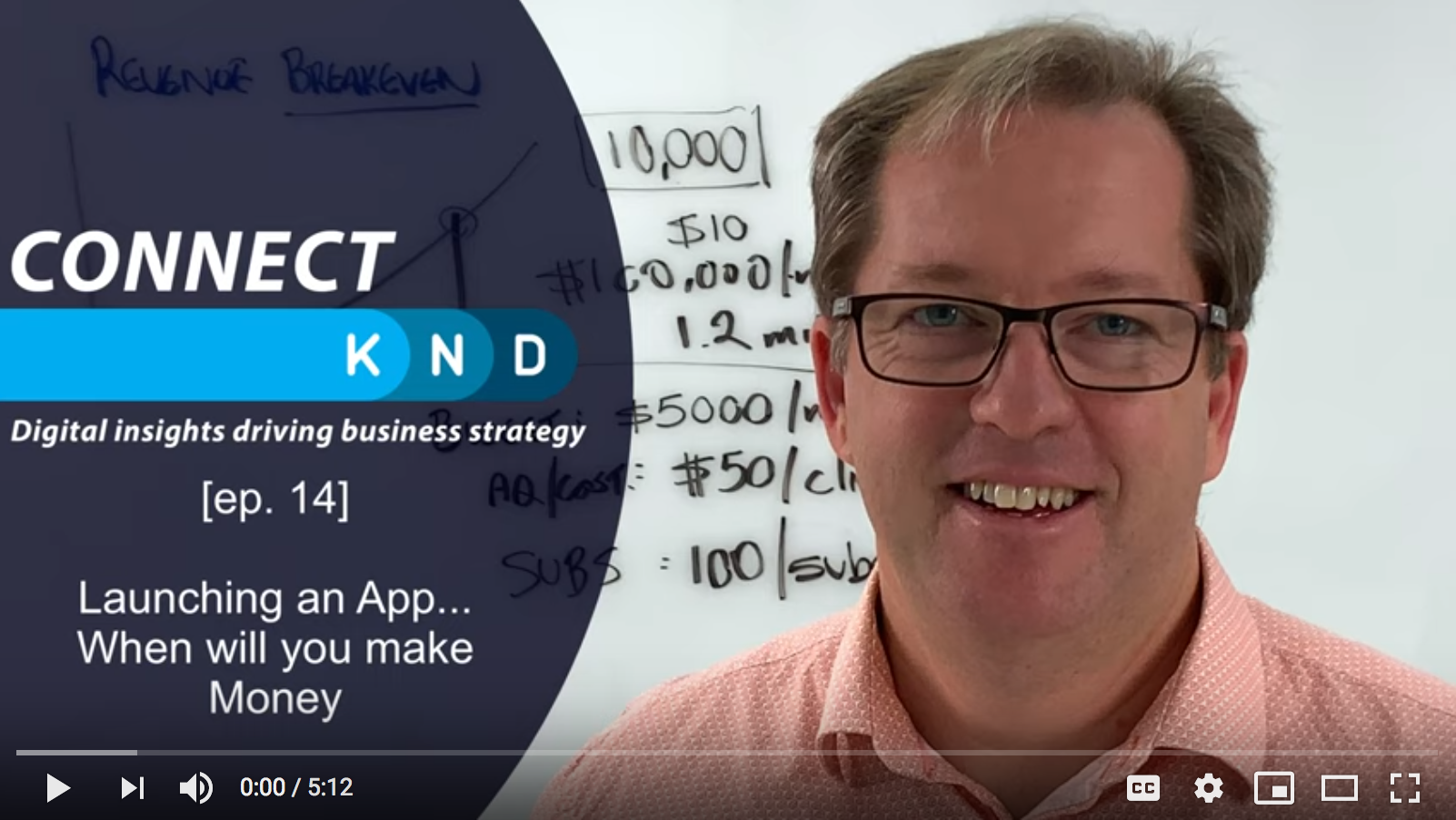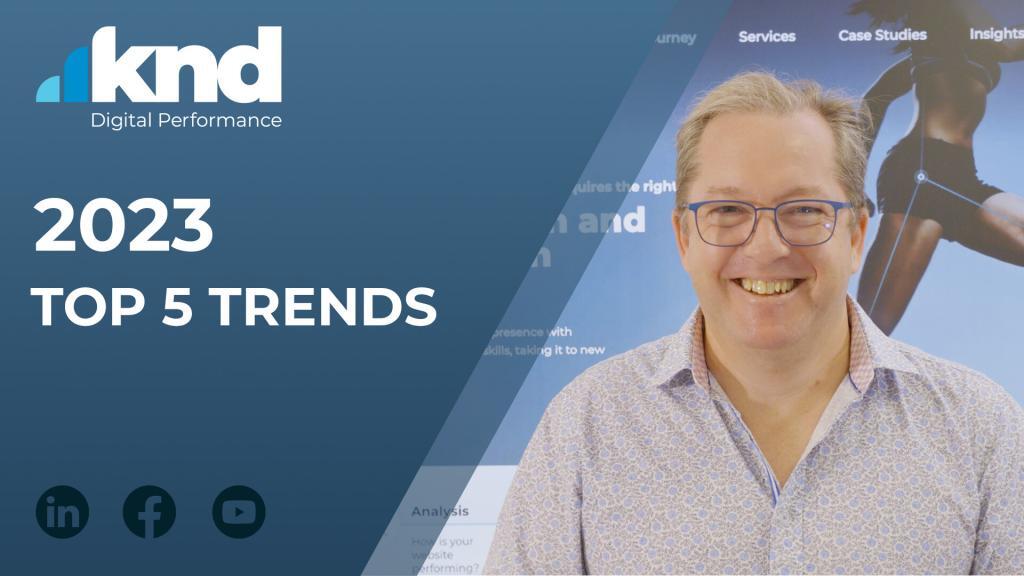
Everybody loves a unicorn business, you know, that subscription-based business that comes out of nowhere has a platform can add millions of users overnight and they’re an instant success, they’ve listed on the stock exchange and they’re actually you know powering along making crap tons of money! Well how long does it take to get there? and how tricky can it be to build a subscription-based model? I thought in our experience over the years it can be quite a long time, and I’ll just actually demonstrate why that is and some levers that we can use to actually adjust that timing if you like.
So I thought I’d just look at a ‘revenue breakeven’.. very, very simple let’s keep this as simple as possible this is the internet after all. Say my magic number is 10,000 subscribers are paying $10 a month which equates to a hundred grand a month or 1.2 mil in revenue a year this graph is represented by the growth in those customers or those subscribers over over a period of time and here’s our break-even point. So sounds simple right, a lot of developers sit in their bedrooms coding or their garages coding this stuff thinking they’re going to get there by just launching a website and getting their app live because their app is so freaking good that it’s just gonna win customers overnight that is so far from the truth it’s not funny we really need to think about a budget for marketing, so developers don’t actually think about marketing at all!
The good ones do, but let’s have a think about our budget and say yeah I’m going to suggest a really conservative budget of 5 grand a month to spend towards marketing and client acquisition so it might cost us 50 dollars to acquire each client or each subscriber so a few clicks on Google pay-per Ads and some other processes maybe some annual support person inside so if we can get that down to five grand a month we’re going to end up with a hundred subscribers per month our products getting on the board on the board what is that how long does it take to get to 10,000 subscribers if we’re signing up a hundred per month well that’s a hundred months it’s a long time how long is a hundred months! you ask 8.33 years!
That’s a long time to get here. I’ve never even really seen a start-up financial plan that has eight years in it. It’s usually a three year trajectory and we’re gonna make crap tons of profit by out the end of year two so yeah… Eight point three three years is a long time, but it’s not unusual! A lot of businesses, a lot of subscriber based businesses take a long time to grow and you don’t realize it at the time but when you’re starting up but it’s a long road. You have to be in it for the long haul! What are the levers?
Well obviously this is your magic number so instead of really our trying to look at this growth here what you should be looking at is is your “acquisition cost” so that will start up here very high because no one knows you. You’ve got to advertise a lot, you’ve got to put the word out there, you got to be doing trade shows and online marketing and everything. That’ll be up high and gradually that will reduce over time it’s inverse to the number I guess because word-of-mouth and all the rest.
So these are the numbers, this is the journey you need to focus on – for your budget.
Keep that, you know, obviously you need to look at some some investor funding or self funded, and how are we going to do that. But thinking you’re gonna fund it from cash flow from signups is totally naive! You need large pockets to drive through that initial stage of no cash, no customers, but lots of advertising costs!
This is a really good visual of how that how that works. So the only levers you really have are increasing your budget, or reducing your acquisition cost from $50 per acquisition to ten dollars per acquisition or five dollars. So they’re your numbers to think about it’s pretty scary experience launching a subscription-based business.
We did it several years ago and have some fun along the way but we just didn’t have deep enough pockets to really drive it and we got and in the meantime we got crushed by competition that did have a good product and deep pockets to carry it through and really grow the business.
They ended up being cashflow positive and profitable within about 10 years. So good luck with your startup, it’s a fun journey, it’s challenging but if your products great you’ll be able to bring this forward as well because word of mouth will really drive it hard!




